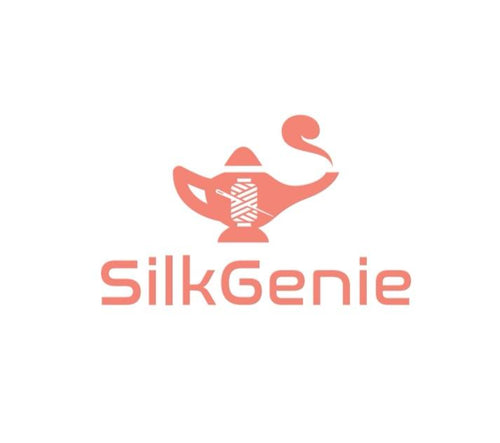Fast fashion vs. slow fashion
The terms fast and slow fashion have been gaining traction over the past few years due to an increased focus on the environmental effect of the fashion industry. So what do the terms actually mean?
Fast fashion is produced based on what is popular in the moment. Fast fashion designers closely monitor the catwalks and create garments that imitate the most up to date trends at a much lower price.
This is often at the expense of the workers and environment.

Source: Fashion Checker (2020)
Slow fashion is based on creating items that are of good quality and longer lasting. It involves fair wages, low carbon footprints and slower production.
So, what are the pros and cons of each business model?
Fast fashion pros:
- Up to date fashion
- Low prices
- Readily available
Fast fashion cons:
- Often low quality
- Damaging to the environment
- Low paid workers
- Poor working conditions
- Up to 40% unworn garments end up in landfill
- Use open-loop production cycles
Slow fashion pros:
- Sustainable
- Environmentally friendly
- Often made from recycled materials
- High quality
- More durable
- Usually made from natural fibres which are biodegradable
- Often use closed-water systems
- Shorter supply chains
- Better salaries
- Better working conditions
- Growing in popularity
- Don't go out of fashion easily
Slow fashion cons:
- Items can be less 'trendy'
- Not widely available
- Choices can be limited
- Can be second hand

Source: House of Commons environmental audit Committee (2019)

Source: UN Environment (2019)

Source: Forbes (2015)
Would you consider supporting more slow fashion brands, or maybe you already do? Let me know your favourites in the comments below.
Sarah x

